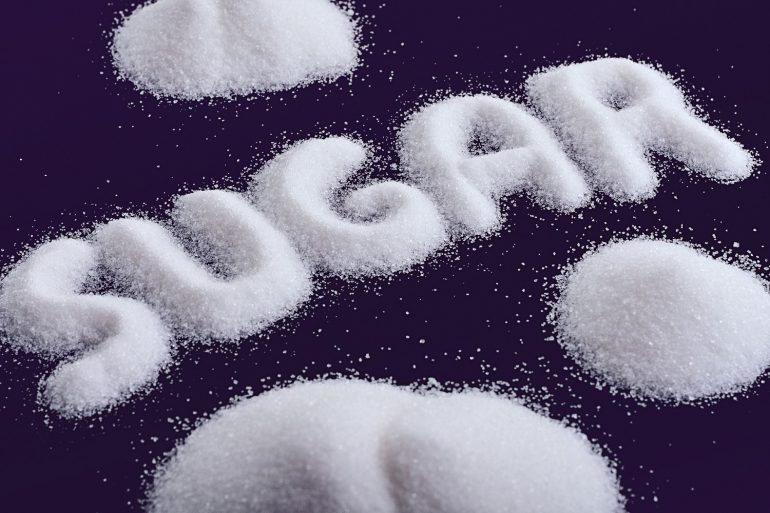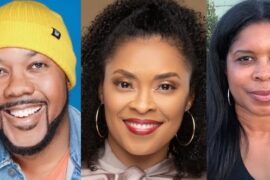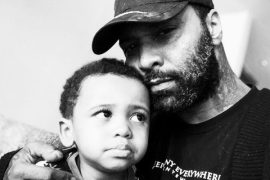Over the past 100 years, the average yearly sugar intake went from five pounds per year to 135 pounds per year.
During the turn of the 20th century when Americans were eating considerably less sugar per year, cardiovascular disease, cancer, and diabetes were virtually unknown. Take a look at today’s statistics to understand how things have changed, and not for the better.
All three of these deadly diseases can be avoided or overcome with a change in one’s diet and exercise routine. But let’s be honest – if you aren’t diagnosed with one of these diseases, the fear of it usually isn’t enough to create a significant change in your daily routine. That’s why I have to be creative when trying to save your life.

Here are the statistics:
• 1.5 million people die every year from cardiovascular diseases.
• half a million people die every year from cancer.
• 100,000 people die every year from diabetes.
Sugar is addictive to the palate simply because it makes food taste so good, which makes you want to eat even more. Foods with added sugar, such as soft drinks and other sweetened treats, fall under the category of discretionary calories. This is the number of calories you have left over after you take into consideration the calories you get from a nutritious, well-rounded diet.
The American Heart Association indicates that you have far fewer discretionary calories to “spend” on sugar than you may realize. Women should get no more than 100 calories a day from added sugar, and men should get no more than 150 calories.

Sugar can be in almost any food item. So we created a short list of foods that can be very high in sugar and what you can do to avoid them.
Top High Sugar Items:
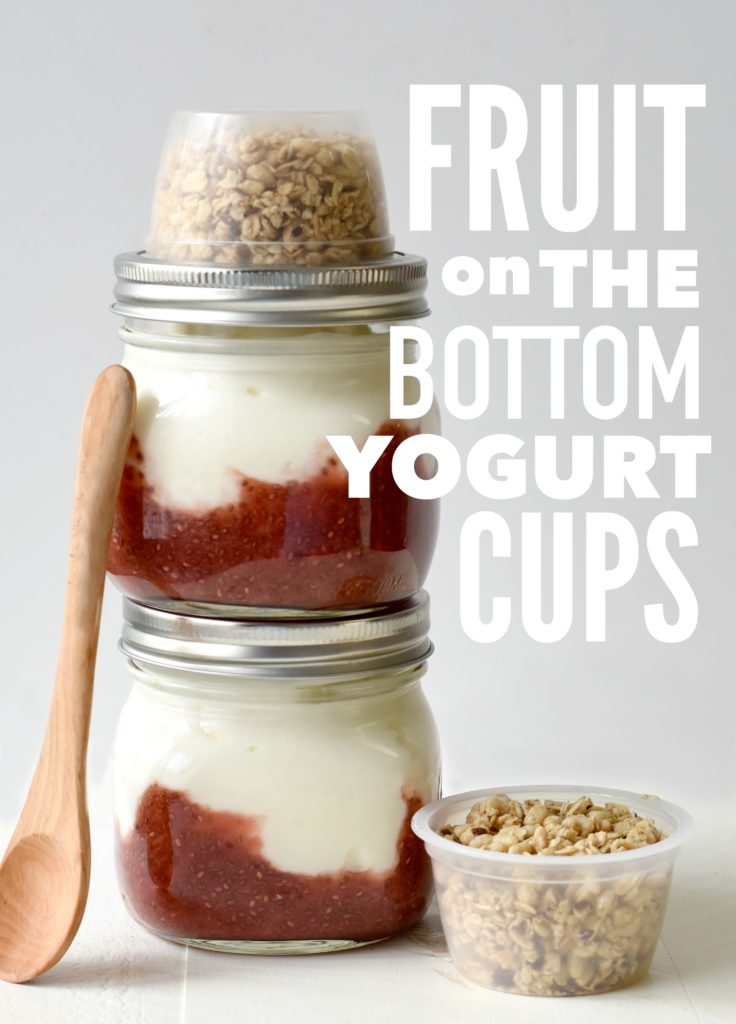
• Yogurt with added fruit: Shouldn’t yogurt be on the “good” foods list? Well, it is…but the varieties with added fruit on the bottom usually contain a high amount of sugar – up to a whopping 19 grams per cup. A much better choice: Opt for plain yogurt and add your own sliced fruit, plus a drop of honey for an all-natural sweetener.
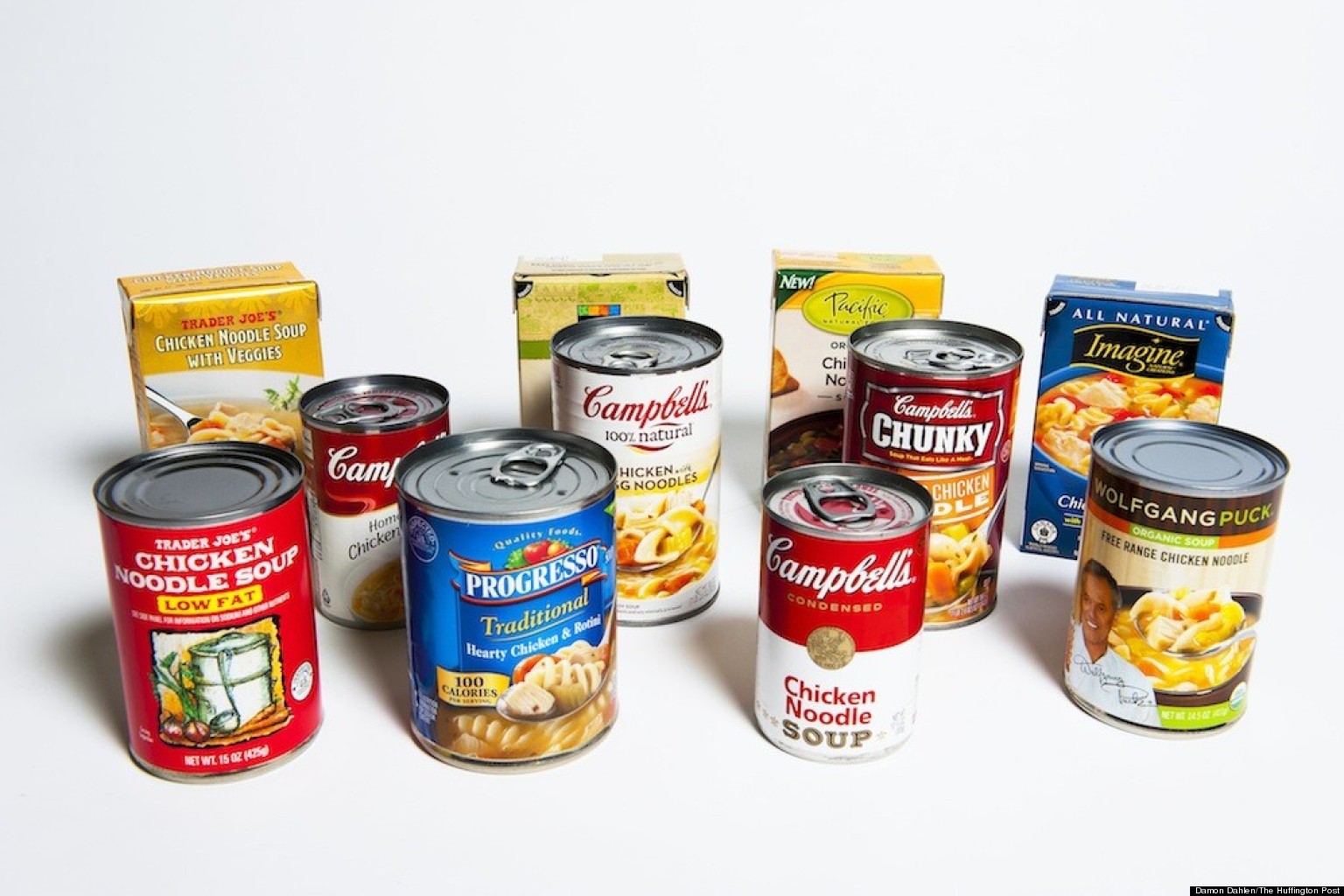
• Canned soup: You’ve heard about canned soups being high in sodium, but did you know it’s also chock full of the sweet stuff? It’s true: Sugar is added as a preservative to many canned soups to extend their shelf life – and you can find up to 15 grams of sugar per 1.5 cups in certain varieties.
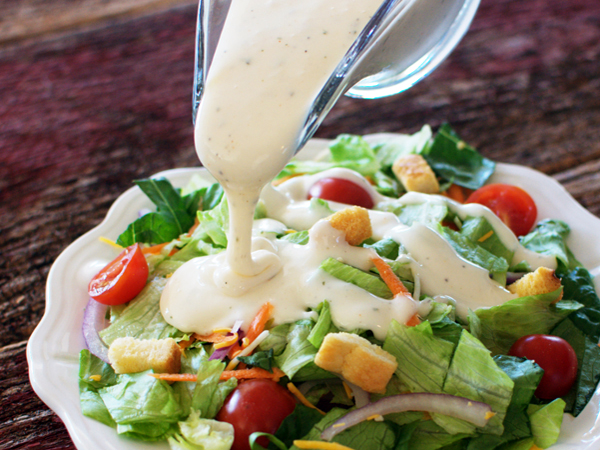
• Salad dressing: Dressing is one of the biggest ways a seemingly-healthy salad can go from health food to diet buster in seconds, with some dressings containing up to four grams per tablespoon.
Pay particular attention to light or fat-free varieties, which use sugar to make up for the flavor lost by cutting out fat. Your best bet? Eat your salad with a light and easy dressing made from a dash of olive oil and a squeeze of fresh lemon juice instead.

• Tomato sauce: Store-bought tomato sauces in jars are convenient, but can be sneaky sources of sugar, as it’s often added to cut the acidic taste of tomatoes and to keep jarred sauces fresh for a longer period. You might find up to 12 grams hiding in a half-cup (though it may be called “corn syrup” in the ingredients list).

• Bread: Sugar can sneak up on you in bread, with some varieties containing up to two grams of sugar per slice (and that includes some brands of whole wheat bread). But you don’t have to give up having sandwiches; just look for breads with little or no added sugar, and whole wheat flour listed in the ingredients.
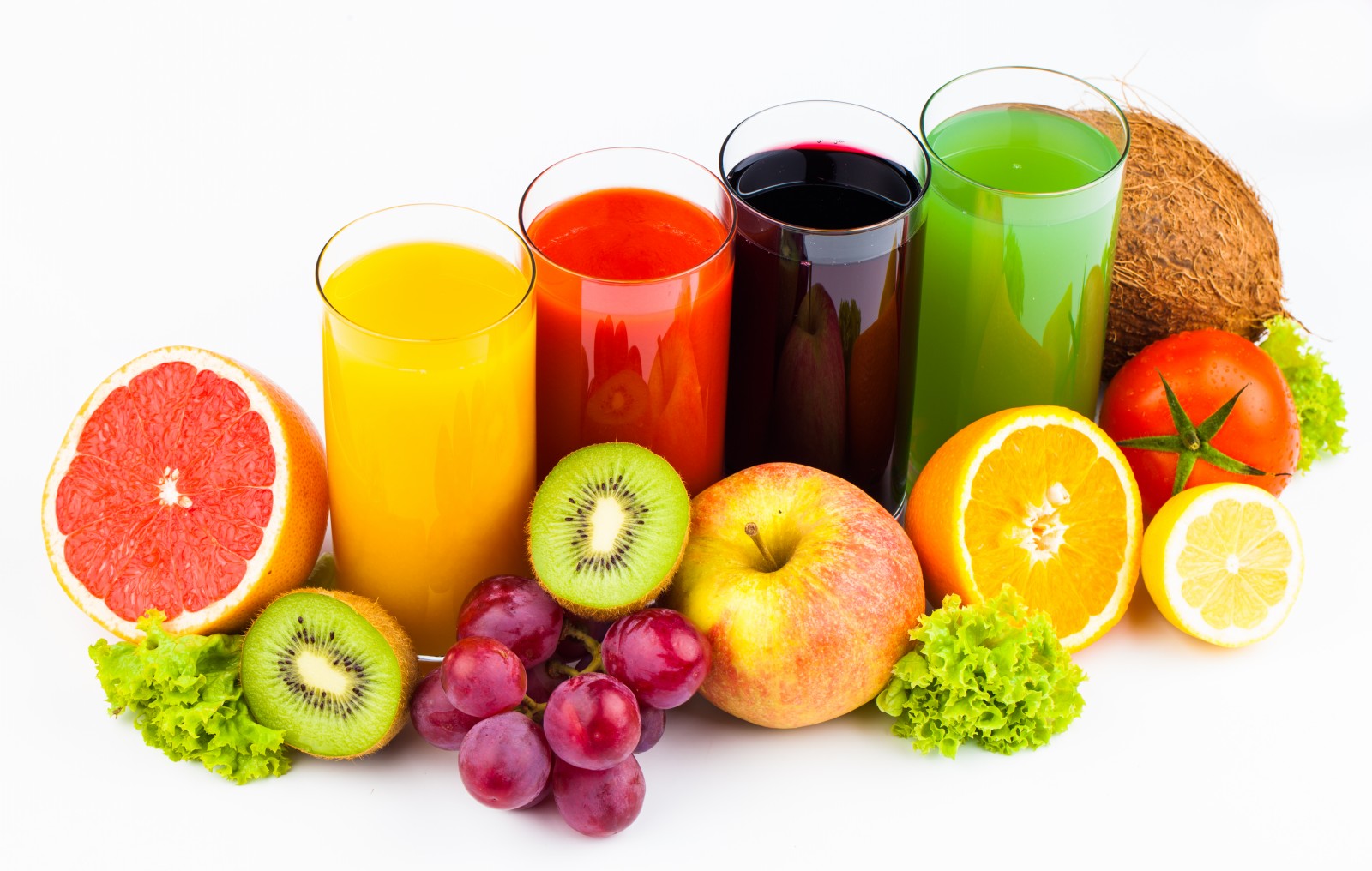
• Fruit juices: This breakfast favorite doesn’t contain added sugars, but you can find up to nine grams of sugar in one glass of orange juice – almost as much as a glass of soda! The USDA recommends eating a whole orange instead, to get the added benefit of dietary fiber; studies also show that choosing whole fruits, like apples and grapes, over their juice counterparts can help lower the risk for Type 2 diabetes.
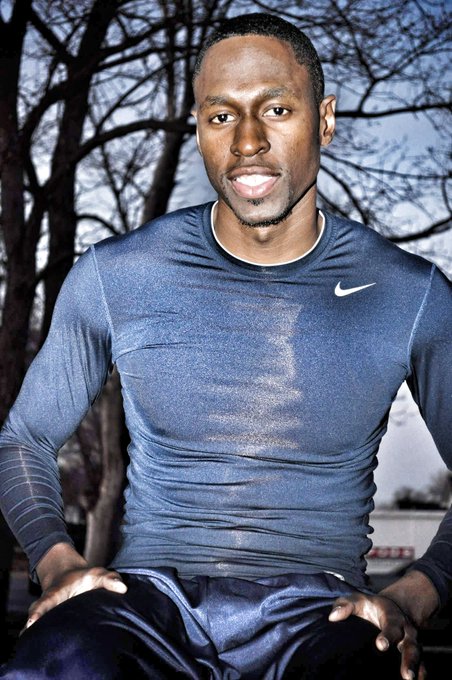
(N’DIGO health columnist Siddiqu “The Personal Trainer” Muhammad is a Certified Professional Trainer, motivational speaker, and author of How Are You Fat and Saved?! He is also co-creator of the House Music Workout Class and the exercise series You Would Think I Invented Sweat. For booking information or more fitness tips visit www.chicagofit4life.com.)


